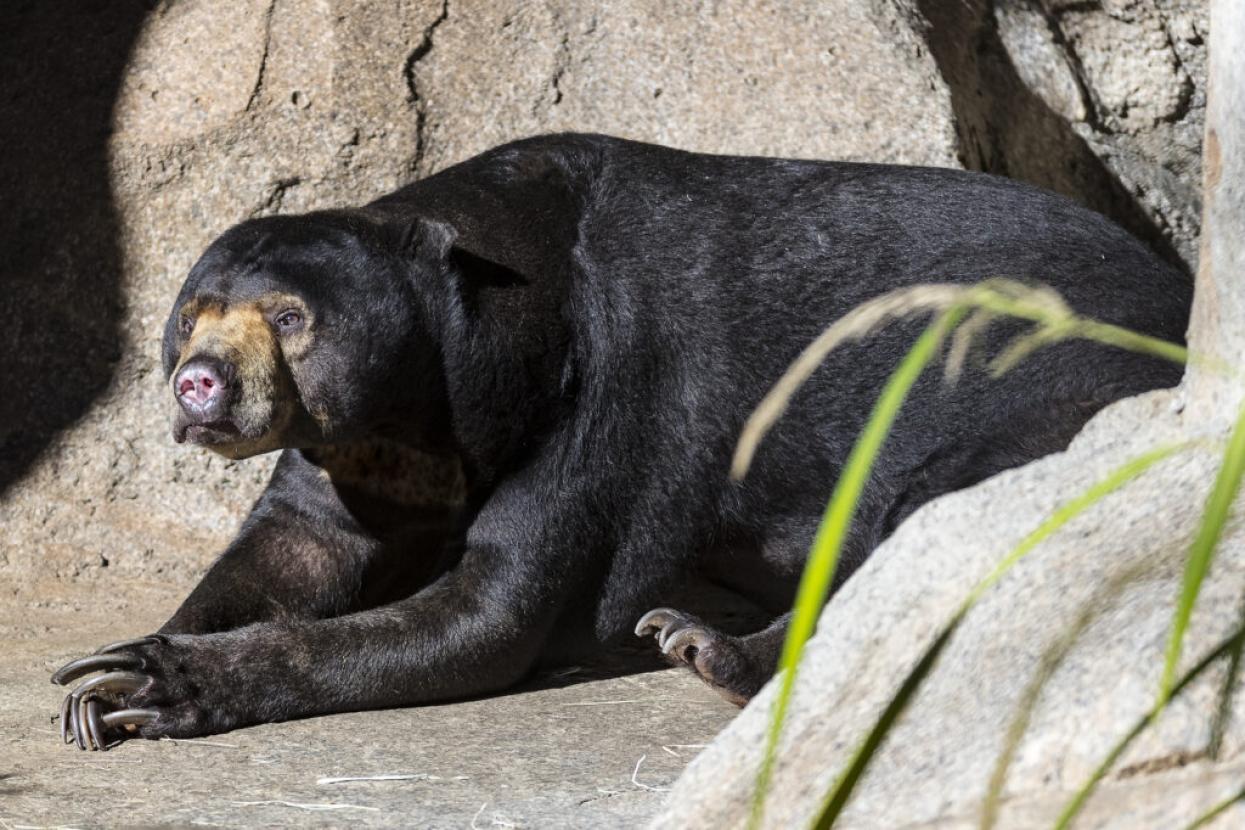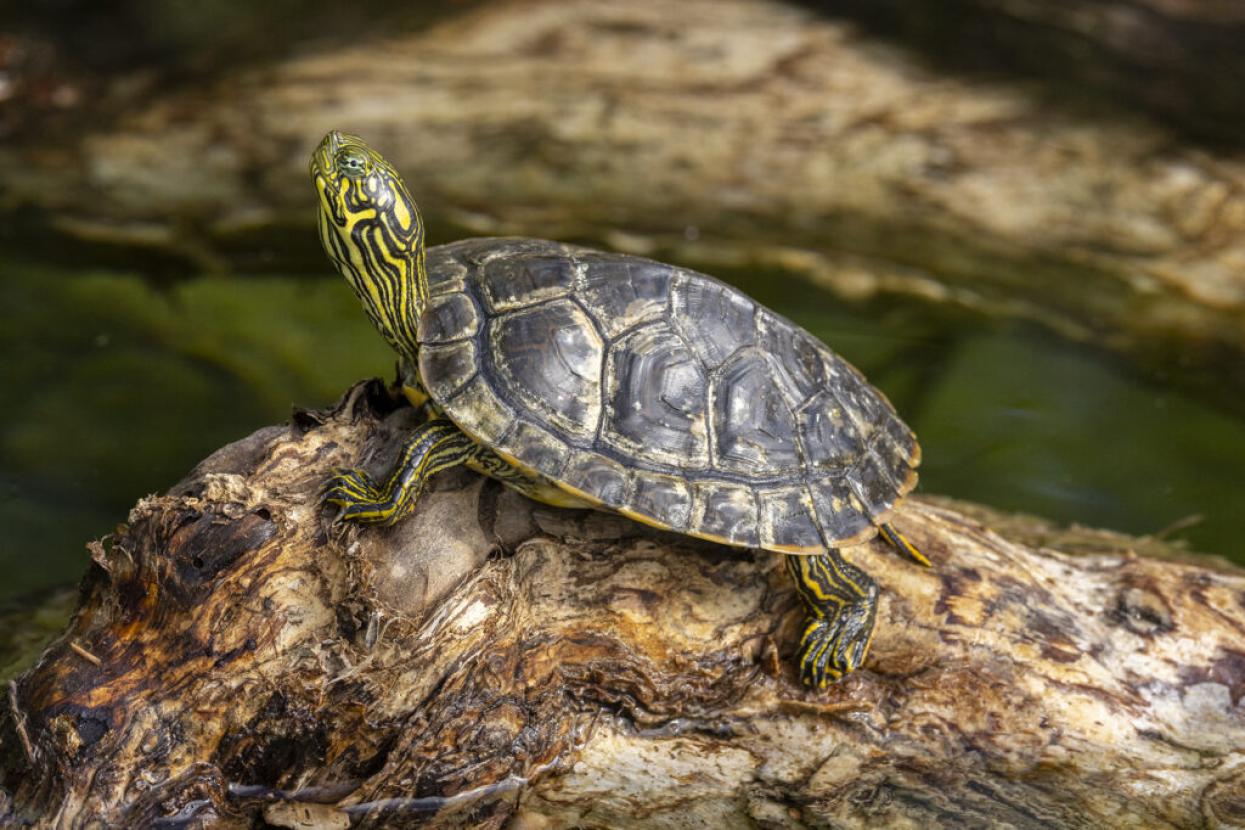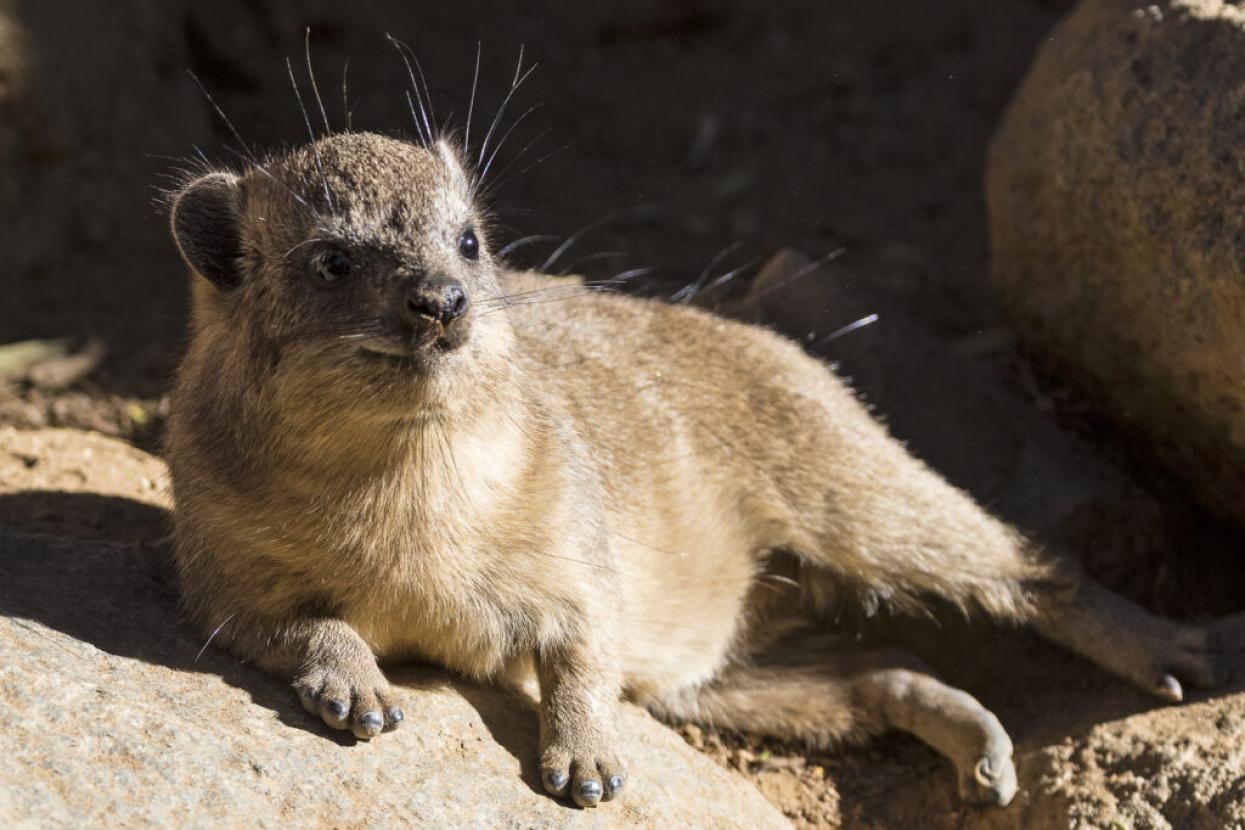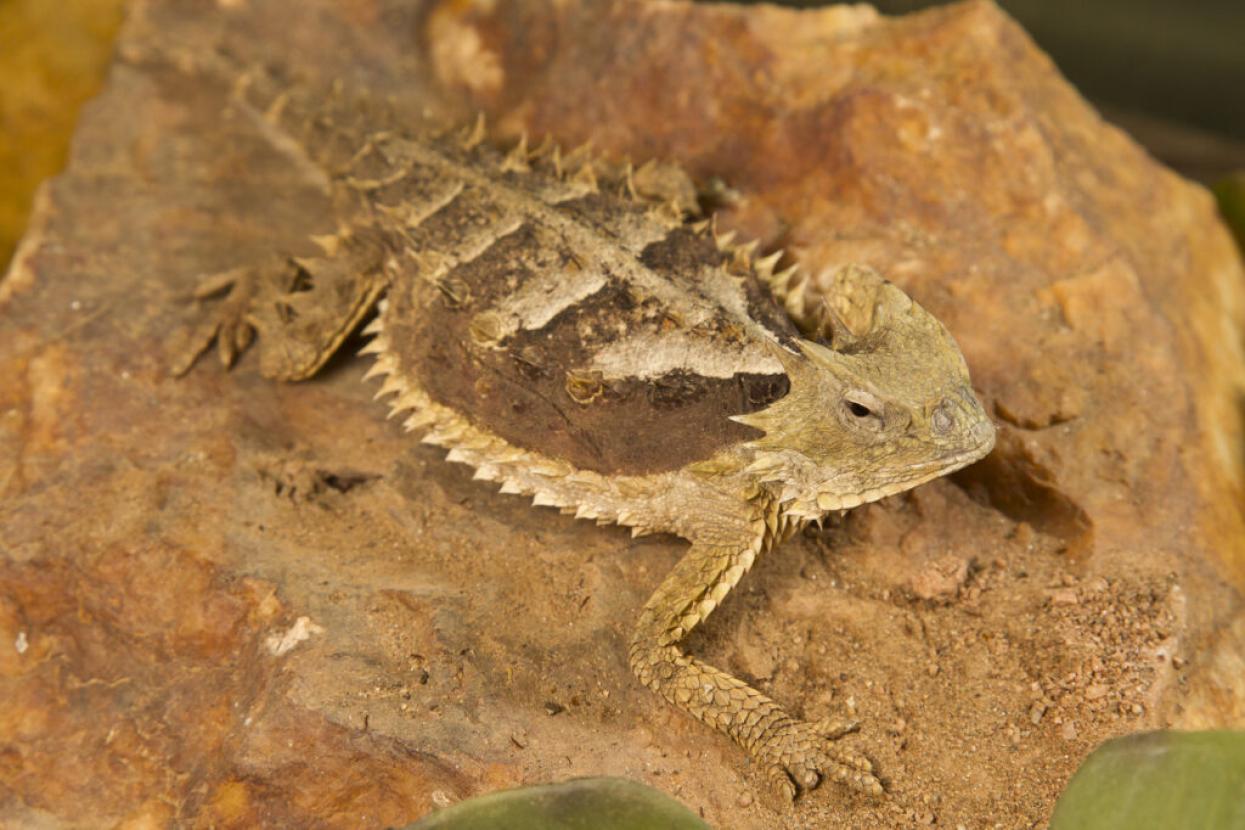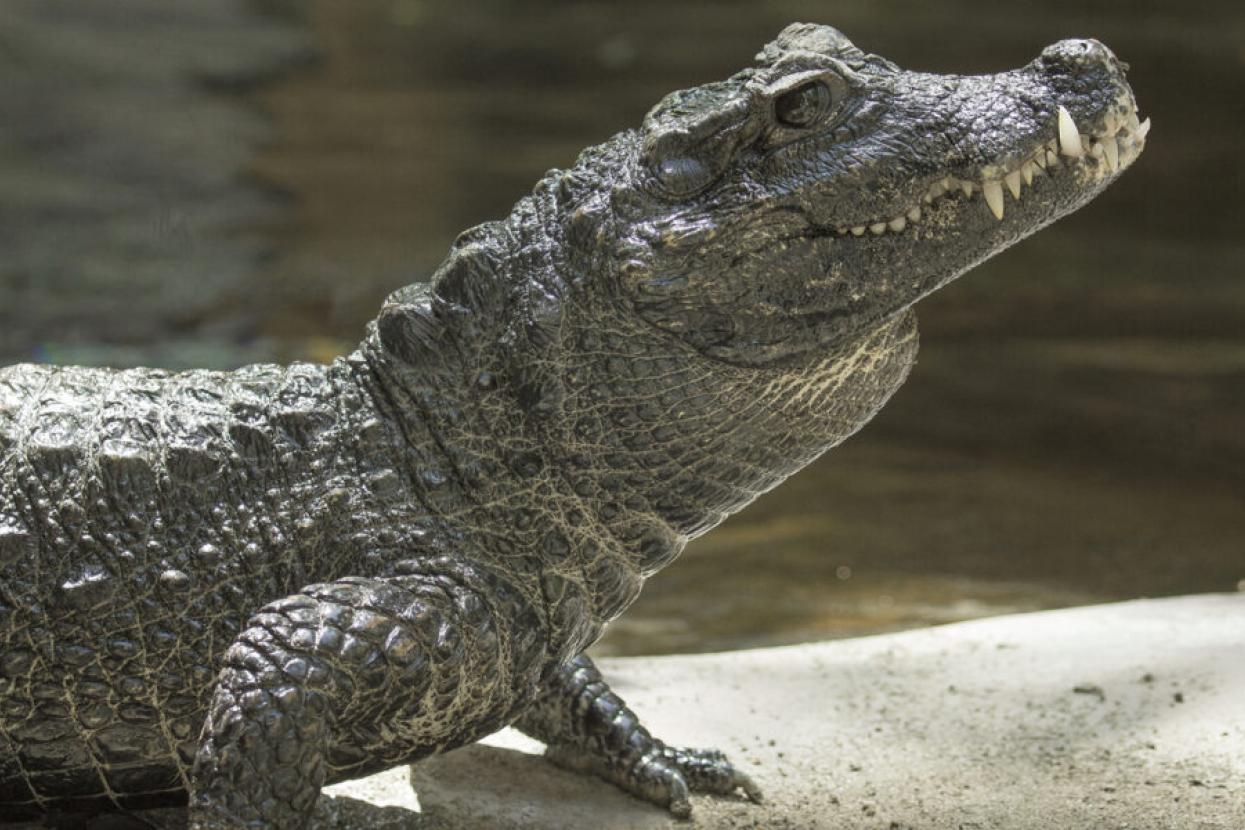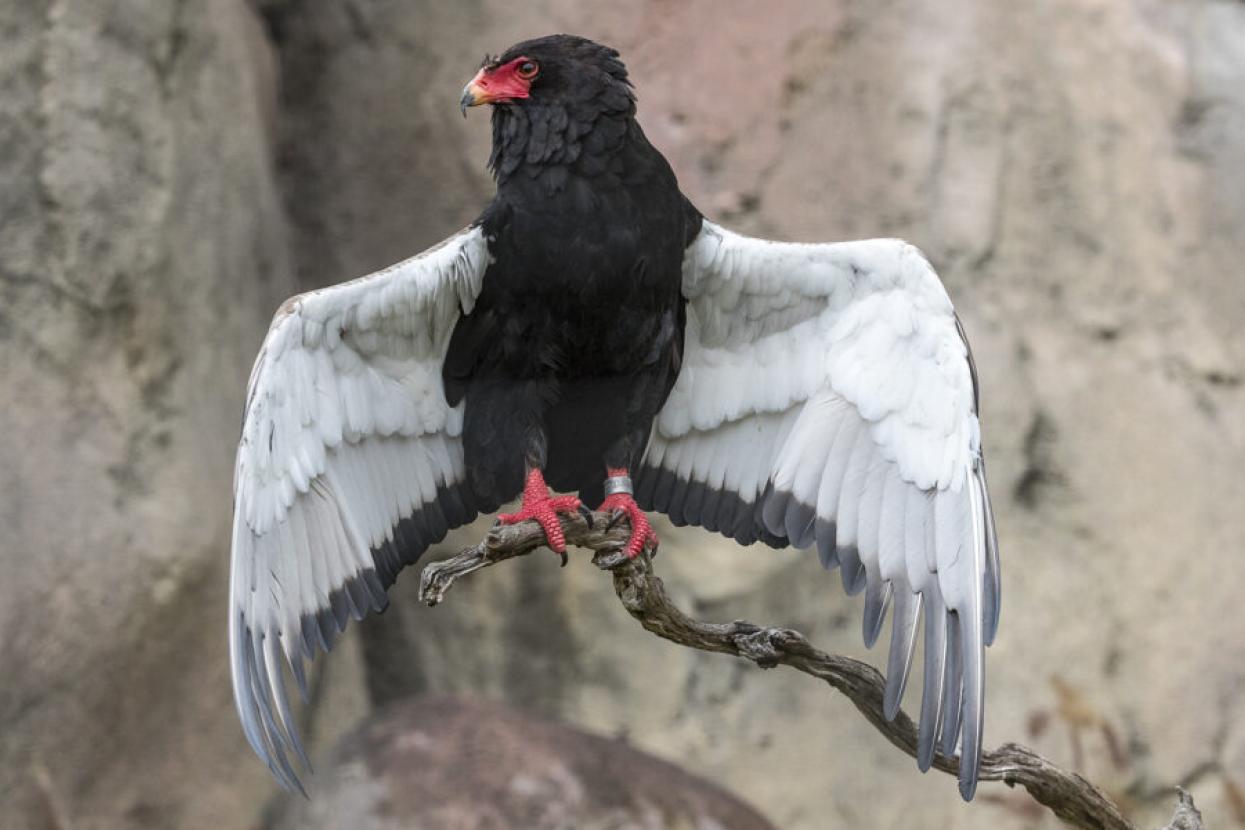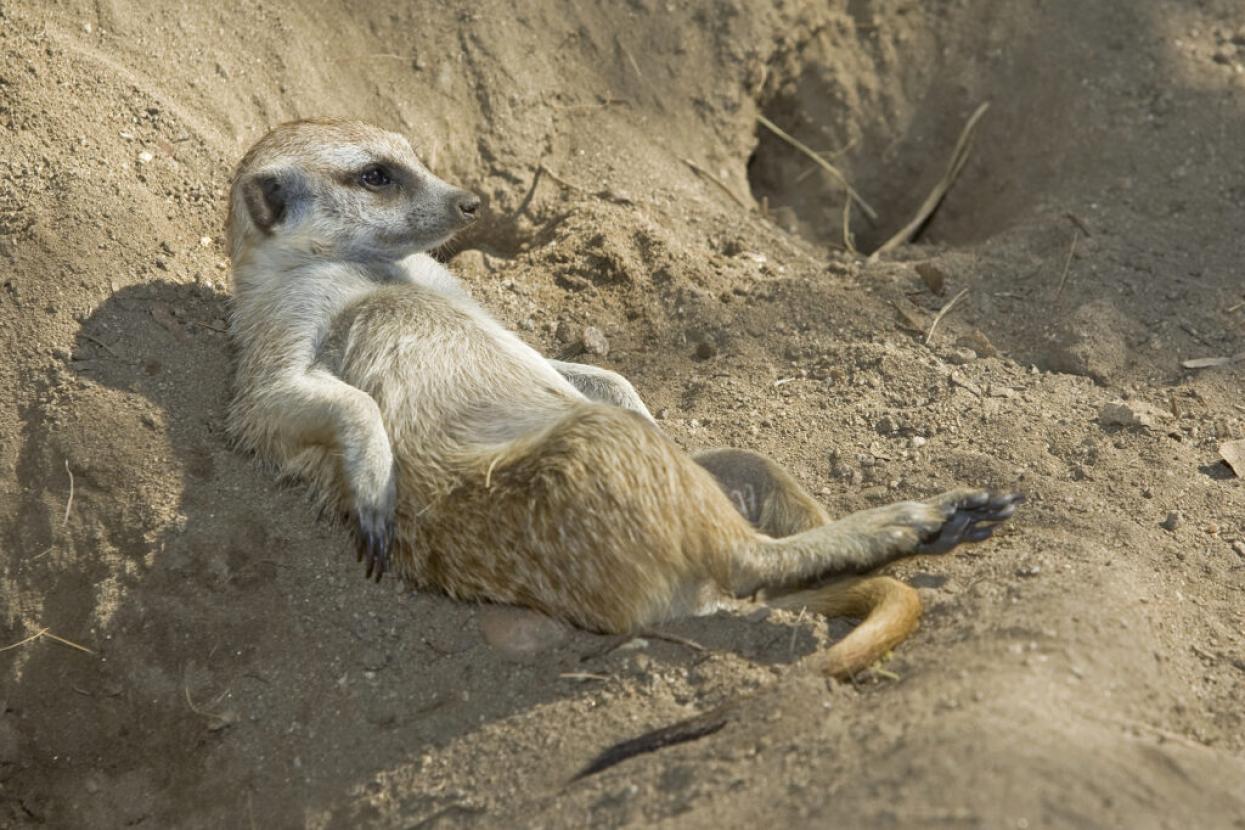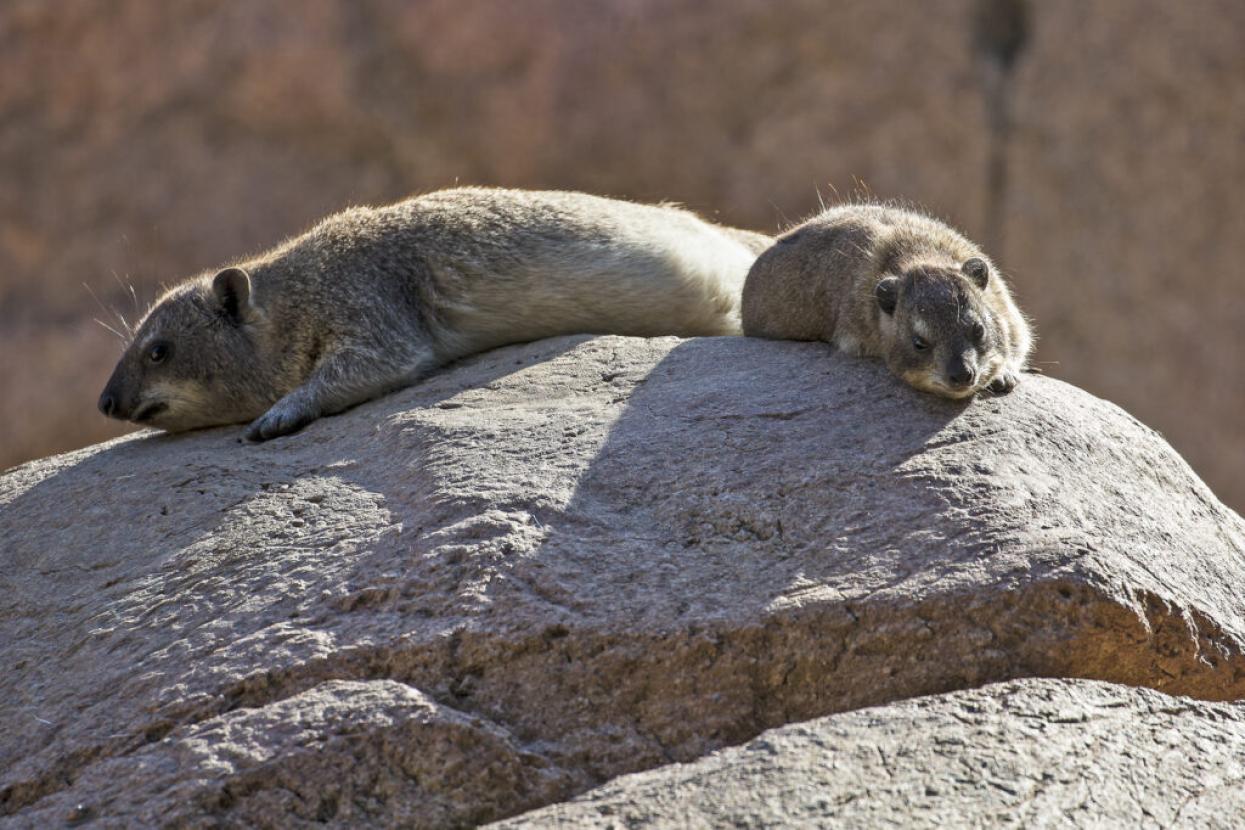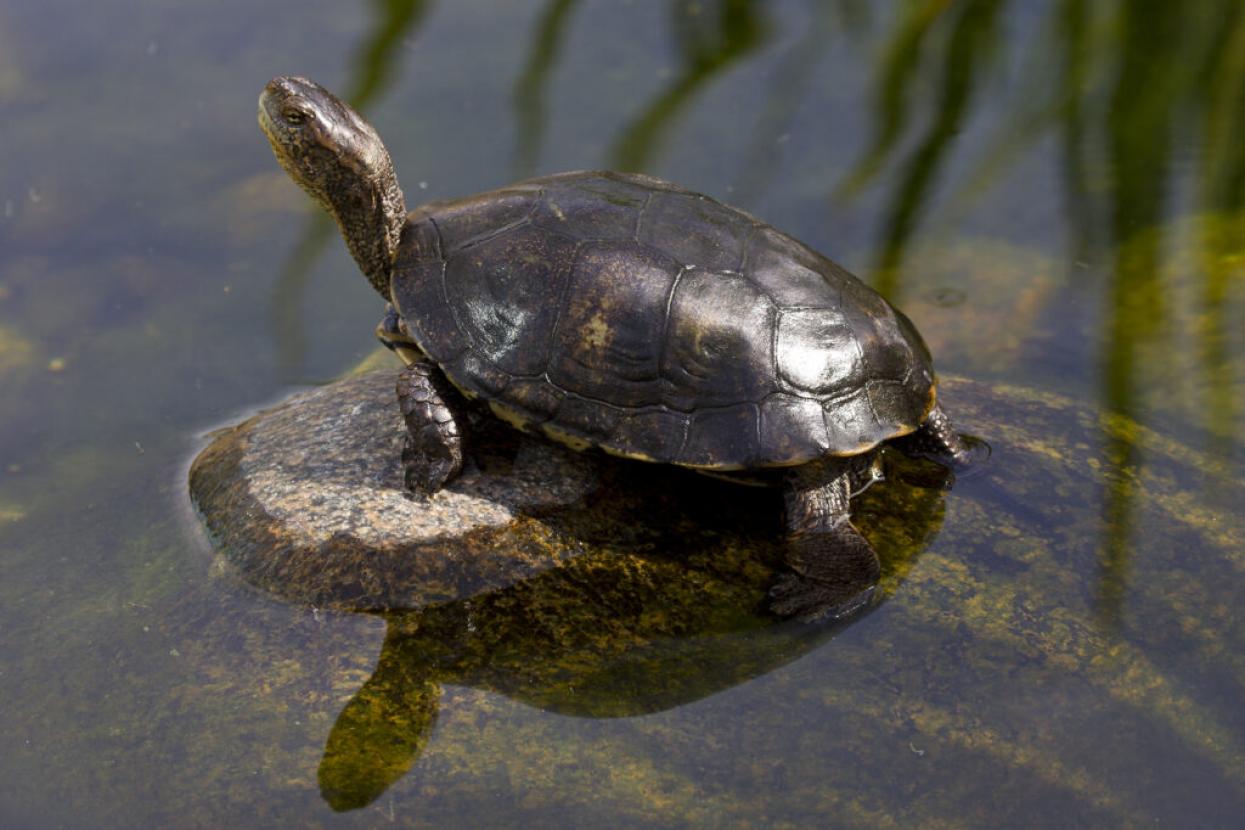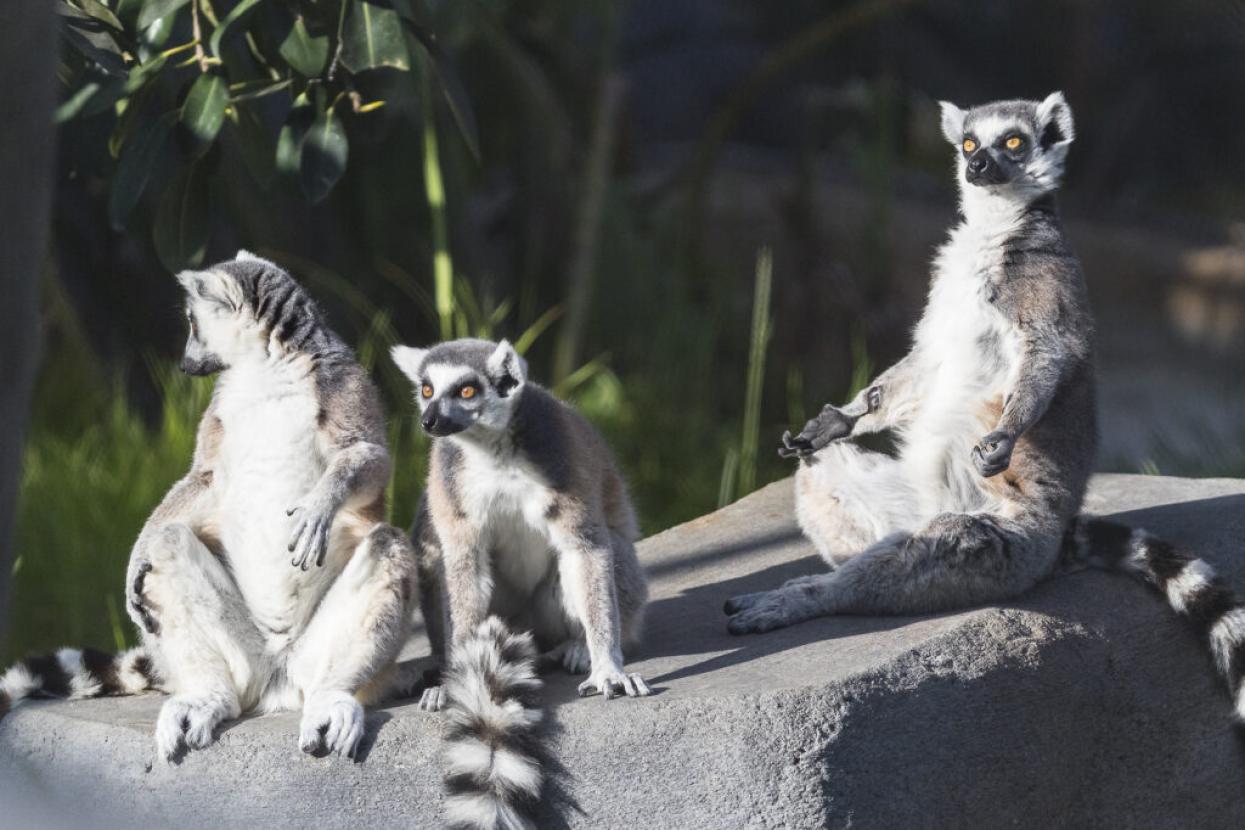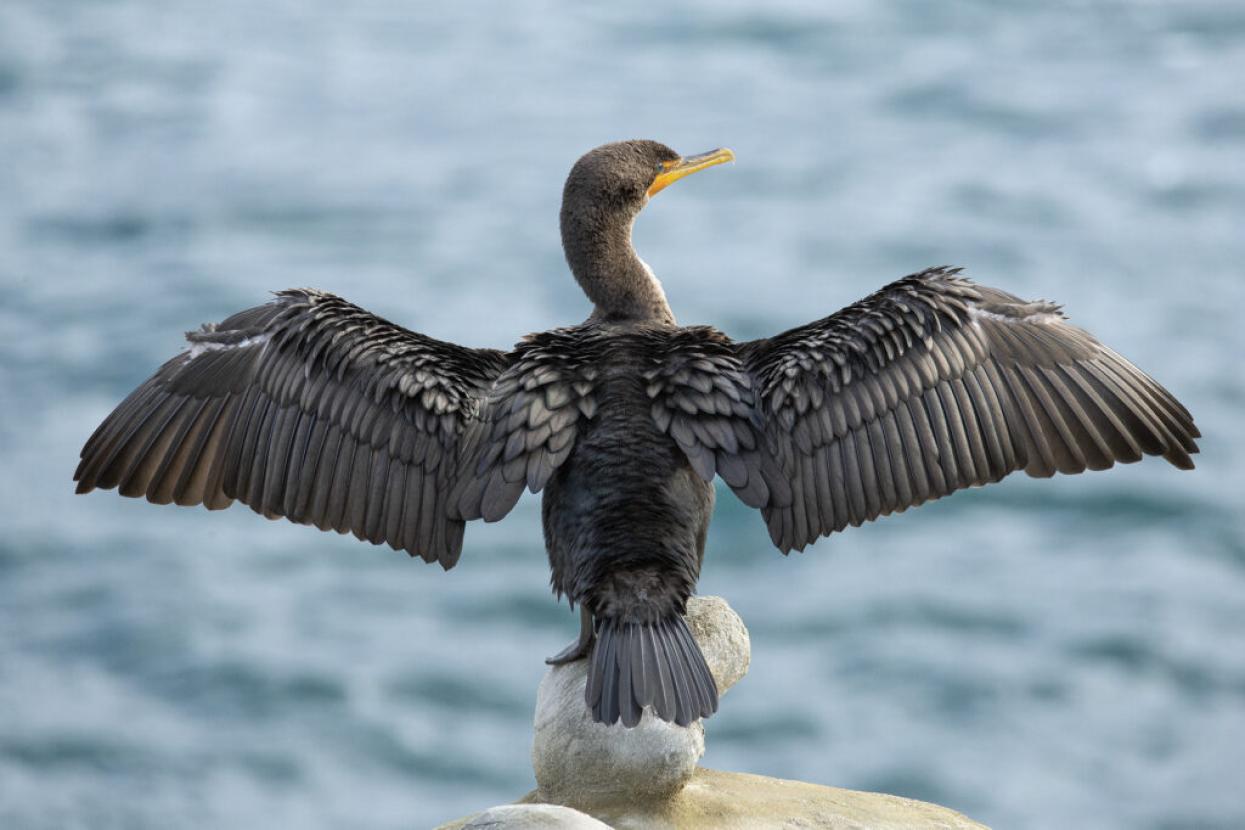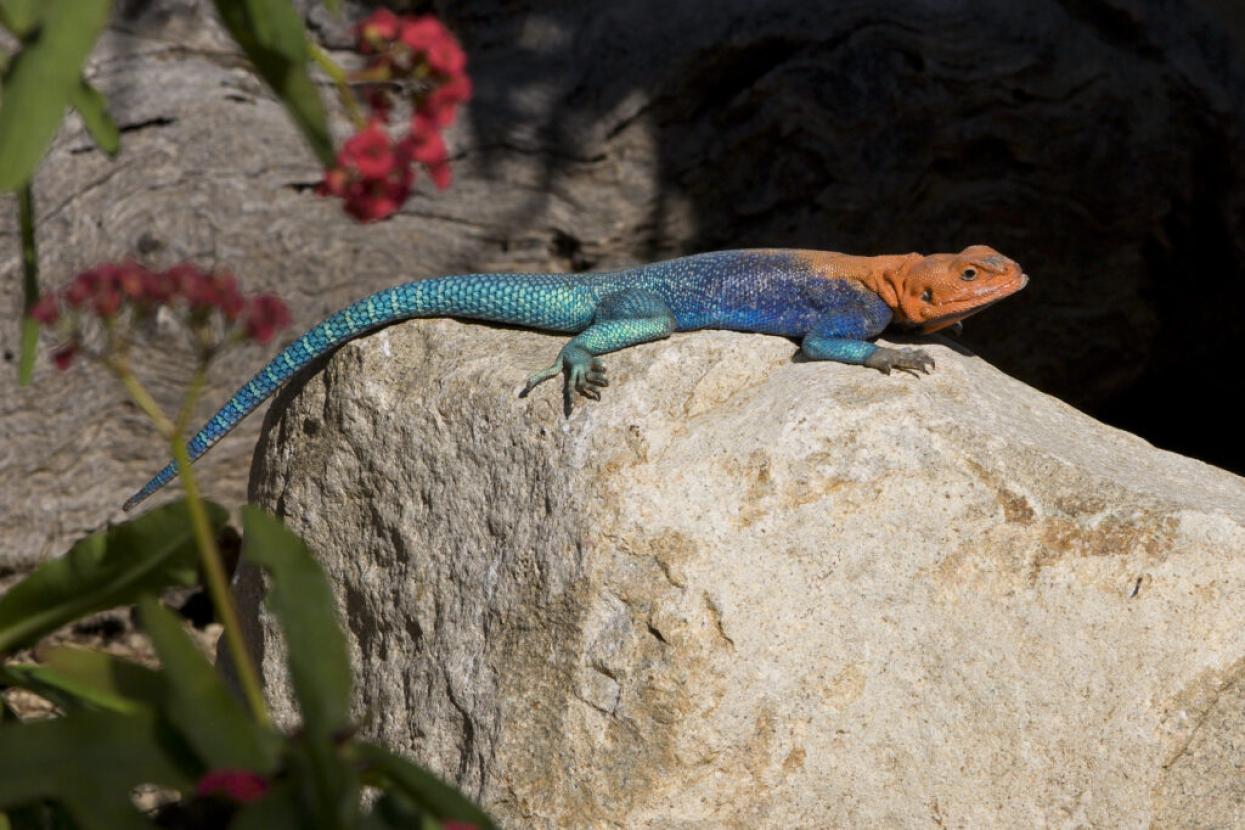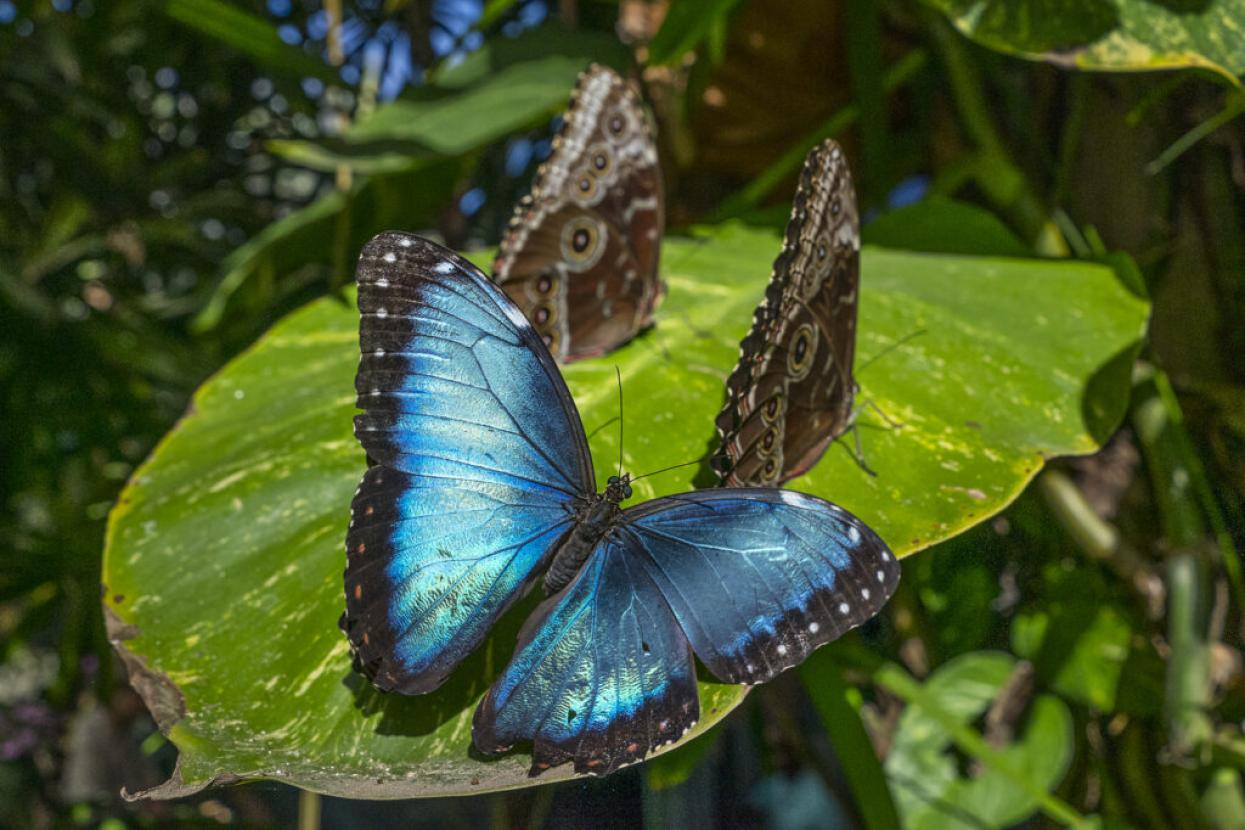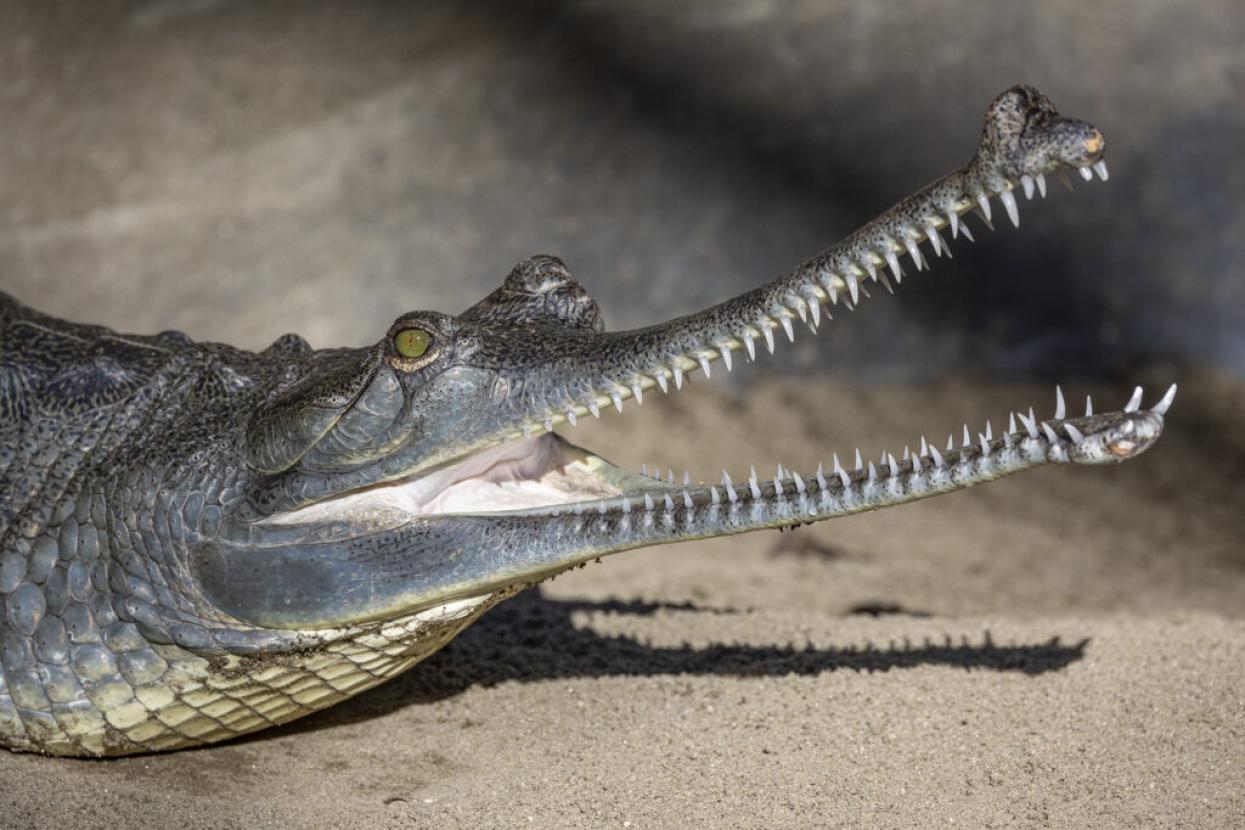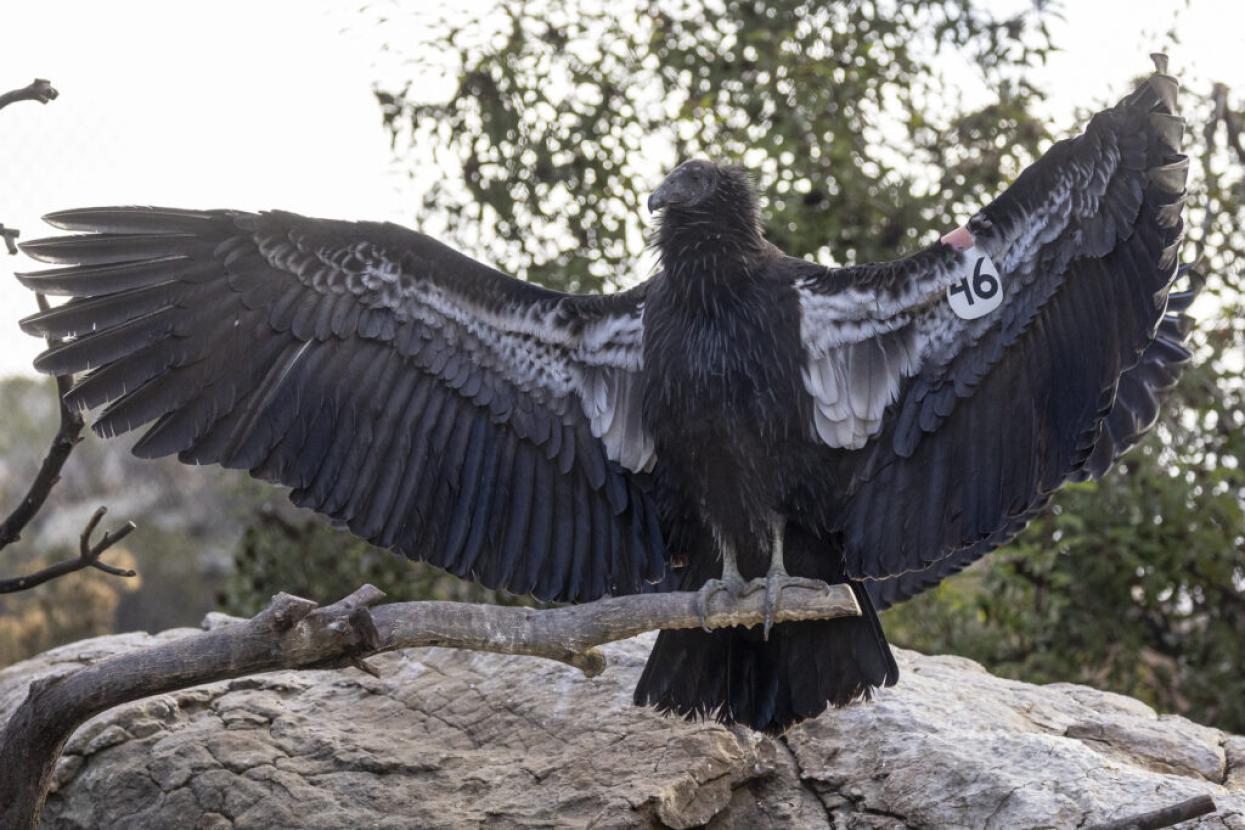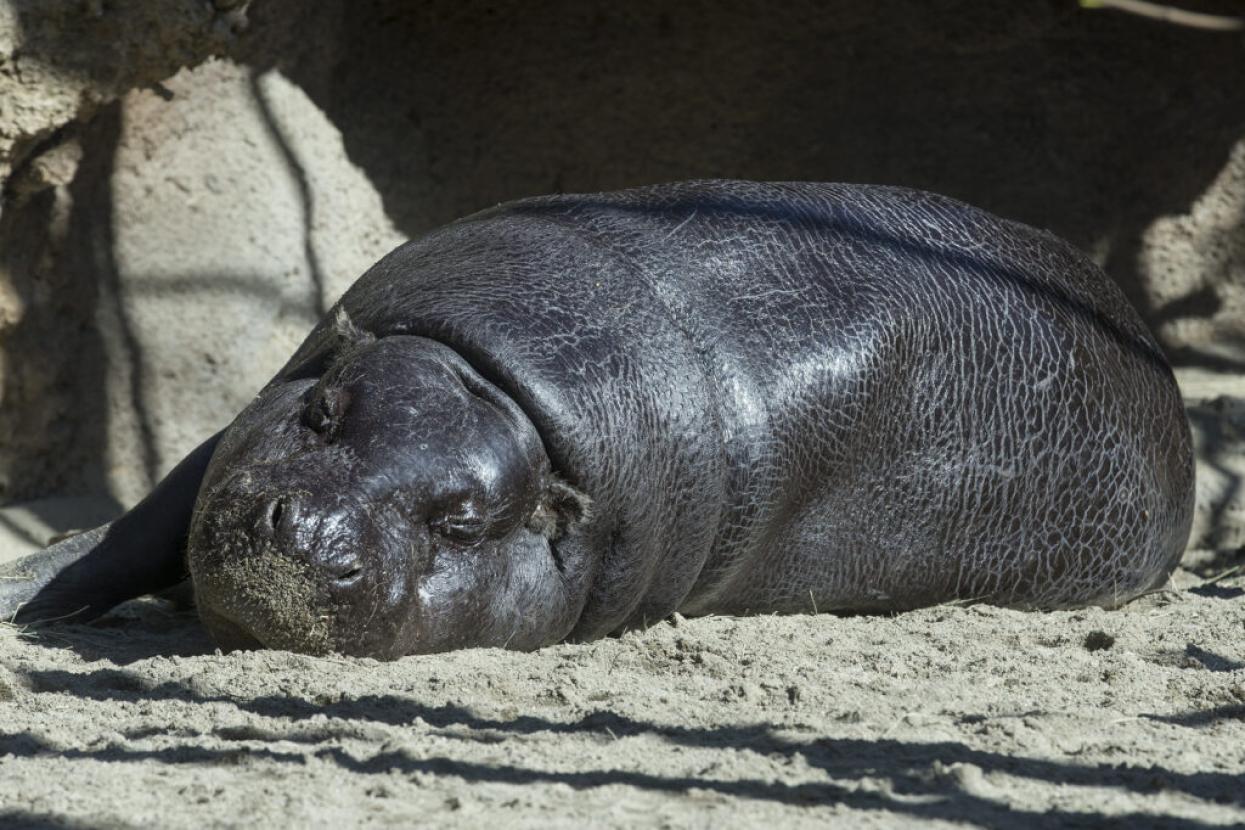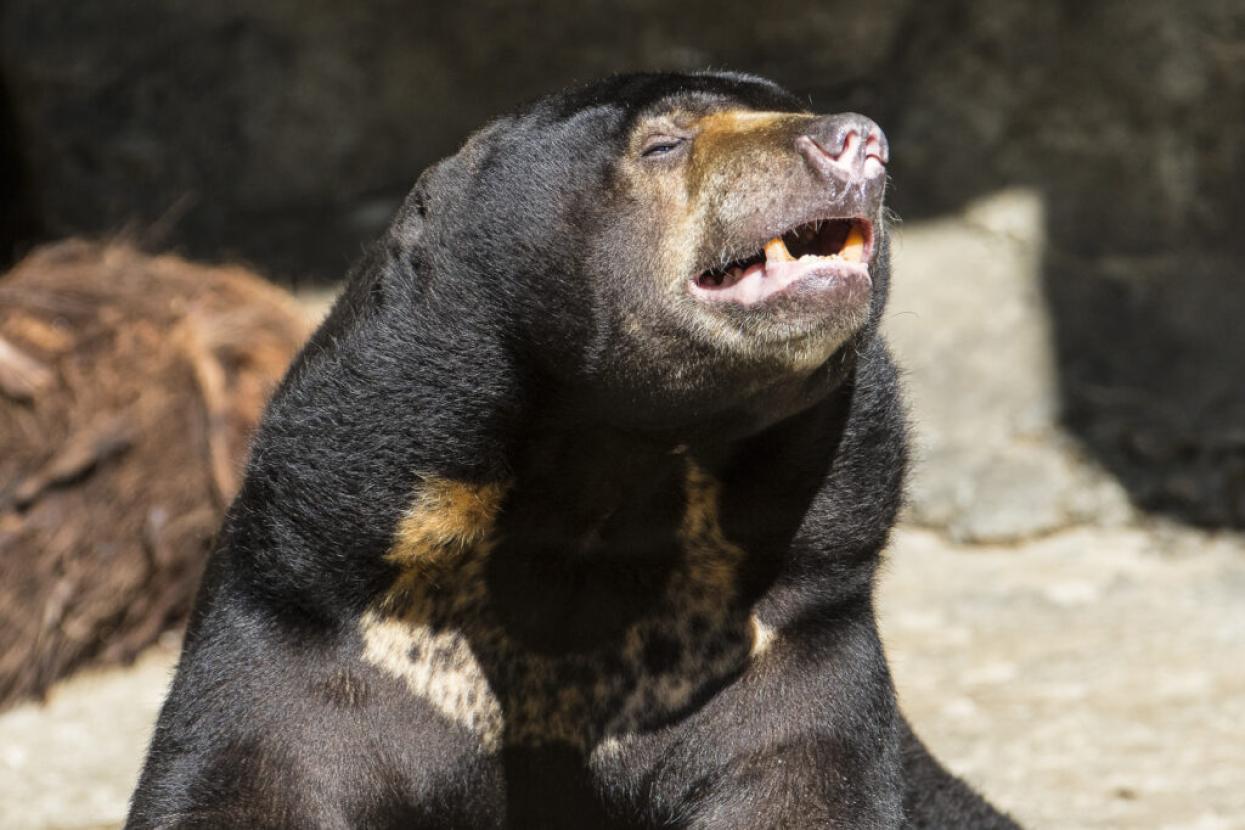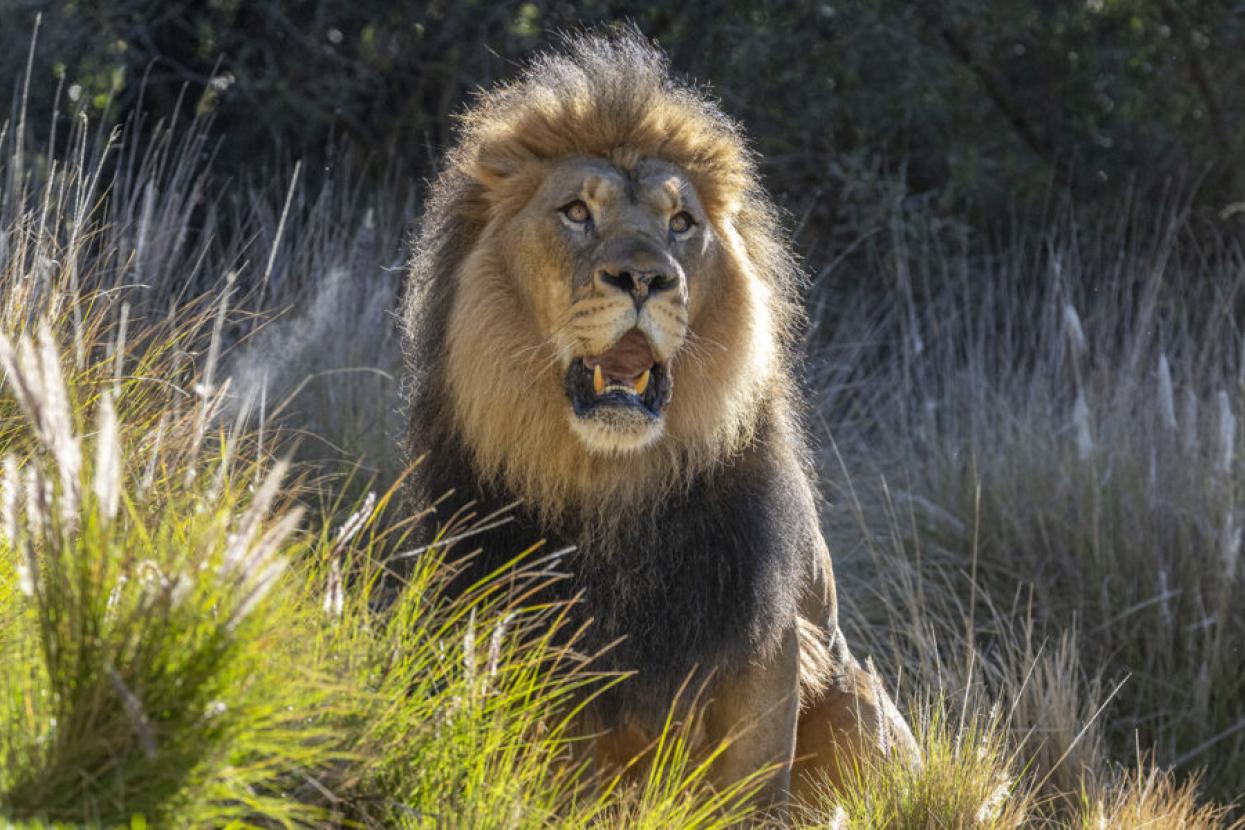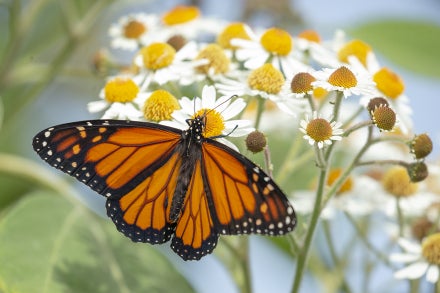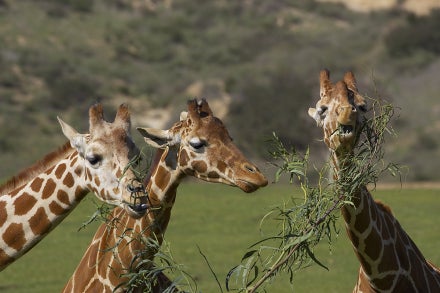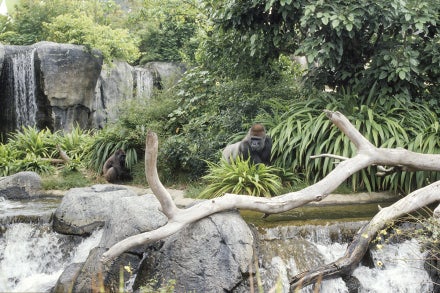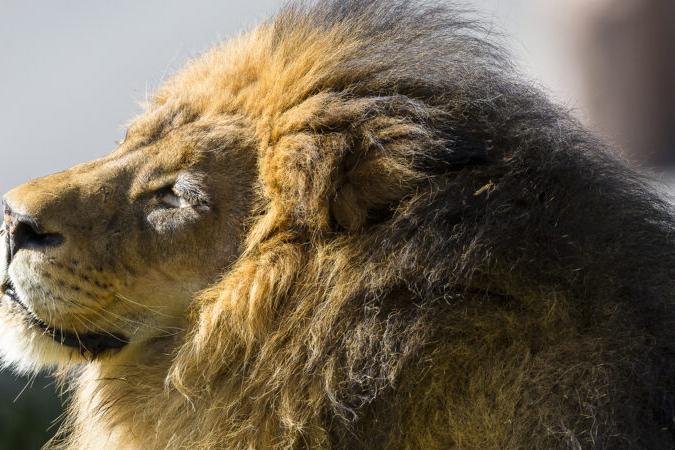
How—and Why—Wildlife Sunbathe
On a sunny summer day, many people head outdoors—to the beach, the park, or the backyard—to bask in the sunshine. Many animals are just as enthusiastic about sitting in the sun and soaking up some rays, and they exhibit some unique behaviors while they’re doing it. The reasons wildlife sunbathe are many, and the ways they do it vary just as widely.
Different species regularly engage in sunbathing, using the opportunity to absorb sunlight and regulate their body temperature.
Sun’s Out, Ectotherms Up
Arthropods, reptiles, amphibians, and fish are ectotherms (sometimes called “cold-blooded” animals), which rely on external heat to warm up. Ectotherms cannot internally regulate their body temperature, and they absorb heat—typically from the sun—to increase their temperature so they can forage or catch food, flee predators, and reproduce. Heat is crucial energy for activity since muscle movement depends on chemical reactions that occur quickly when an animal’s body is warm and more slowly when it is cold. Ectotherms usually start the day with a sunbathing session to provide energy for their morning activities. If the outside temperature is low, and there is not enough sun to warm their bodies, they slow down, or they become inactive until it gets warm again.
Turtles are cold-blooded, so they rely on outside warmth to heat their bodies.
Toasty Perch
Birds and mammals are endotherms (sometimes called “warm-blooded” animals) that have a built-in system for maintaining a relatively constant body temperature. An endotherm’s energy-demanding metabolism requires these animals to consume more food—or to use other strategies such as shivering—to produce sufficient body heat for activity when external temperatures are low. However, like ectotherms, many endotherms also bask in the sun to warm their bodies.
To optimize sun exposure, species will orient themselves perpendicular to the sun’s rays.
Everybody’s Got an Angle
Species change their sunbathing position depending on their body temperature. They position themselves perpendicular to the sun to expose the largest possible body surface area and raise their internal temperature. They shift to a position that is parallel to the sun, or they find a shady spot that is completely out of the sun if they want to cool down. They can also lower their body temperature by opening their mouth: a gaping mouth provides evaporative cooling. Some animals, such as horned lizards, expand their rib cage to maximize the surface area of their body that they expose to the sun. Others have skin that darkens when it is exposed to sunlight, to absorb more of the sun’s heat.
By expanding their ribcage, horned lizards expose more of their body to the sun.
Body size plays an important role in holding body heat, whether it is absorbed through sunbathing or produced by consuming food. The ability to hold heat is proportional to an animal’s mass—large animals stay warmer longer. Smaller endotherms may lose heat faster than they can absorb or produce it. Endotherms require more food to produce energy than ectotherms of the same size, because when food is scarce, not only are ectotherms able to keep their body temperature low and remain inactive; they can also slow their metabolism when temperatures drop, and they are likely to be less active when food is scarce to reserve energy.
Heat is vital for cold-blooded animals because it increases their speed and agility.
Different Basks for Different Tasks
The most common reason for wildlife to sunbathe is thermoregulation, which is the ability for wildlife to keep their body temperature within certain normal limits. However, it isn’t the only reason. Some animals, like vultures that eat carrion, or dead animals, use the sun’s heat to kill bacteria on their skin. Some turtles sunbathe to dry up any stuck-on algae. Many animals sunbathe to kill parasites. And some birds bask in the sun to dry wet feathers. Here are some of the many sunbathing animals you may see at the San Diego Zoo and San Diego Safari Park, and the strategies they use to catch some rays.
Some birds spread their wings to help dry their feathers in the sun.
The Meerkat Manner
Meerkats can frequently be seen lounging with their bellies up to expose their dark skin and catch warm rays of sunlight. When meerkats emerge from their burrows in the morning, they spend a few minutes sunning their bodies before they go out to forage. Meerkats also use a vertical sunbathing posture, resting on their haunches or standing and using their tail for balance.
While it may seem like this meerkat is relaxing, it is taking advantage of the sun to conserve energy.
Ray-Catching Rock Hyrax
Rock hyrax sun themselves on boulders at the beginning of the day, before becoming active. In Africa, you might see as many as 80 of them sunbathing together. A higher body temperature after basking gives rock hyrax the energy they need to venture away from their rocks and forage for food. Later, as the day gets hotter, they cool off by resting inside the rock crevices. When it starts getting cool again before sunset, rock hyrax return to the top of those sunbaked rocks to absorb the remaining warmth. Then, they head back to a rock crevice until morning.
An elevated body temperature provides rock hyraxes with the energy required to search for food.
Sunshine on the Shell
After sunrise, turtles often bask on rocks by the water or on the shore to prepare for the day’s activities. Heat gain is the primary advantage, but the sun also helps kill algae and other growth on their carapace (top shell). Lying flat on their plastron (bottom shell), sticking their head out, stretching their legs, and splaying their feet as wide as possible helps them maximize their exposure to the sun. Freshwater turtles may even climb on top of each other in an effort to get the best sunbathing spot.
Sunbathing can help to kill algae on a turtle’s shell.
Happiness is a Warm Lemur
Ring-tailed lemurs look like the picture of peace and contentment when they adopt a characteristic “Zen-like” pose to bask in the sun. Ring-tailed lemurs sit upright on their haunches, with legs and arms spread out and forearms resting on their knees, exposing the undersides of their limbs to the sun. They bask this way each morning to thermoregulate and to kill or discourage ectoparasites, such as fleas, ticks, and lice that may be on their bodies.
Lemurs exhibit this “Zen-like” behavior to expose the underside of their limbs to the sun.
One Order of Hot Wings
Unlike many other birds, cormorants, and all members of the pelican family, do not produce much preen oil—a substance that waterproofs and protects feathers to keep them dry for flight. Because cormorants dive underwater for food, not repelling water is an advantage. But in order to fly, they need to dry their feathers. They do so with a characteristic sunning behavior: standing on a rock or tree branch and spreading their wings wide. As the sun dries them, the stance also allows them to dissipate body heat on a hot day.
Cormorants, like other birds, spread their wings to allow them to receive the most amount of sun.
Red—Not Sunburned
Few lizards show a more dramatic reaction to their time in the sun than a red-headed rock agama lizard Agama agama, native to Africa. The color of a dominant male’s head changes from brown to vivid red as the sun warms his body—darkening to absorb more of the sun’s rays—and his body and tail turn bright blue.
The agama lizard’s color will change to red as its body temperature rises.
Sun Won’t Melt Butterflies
Butterflies sunning together, such as these blue morpho butterflies Morpho peleides, can be an impressive sight. Basking in the sun provides needed energy for butterflies, who must raise their body temperature to around 85 degrees Fahrenheit just to be able to fly. Fortunately, only a few minutes of sunshine can produce a body temperature that is up to 20 degrees higher than the surrounding air temperature.
Butterflies must raise their body temperature to about 85 degrees Fahrenheit in order to fly.
Sunbathe Awhile, Crocodile
Like other crocodilians, gharials frequently bask in the sun, onshore or on the lower branches of trees, for thermoregulation. When a crocodile basks with an open mouth, it is releasing stored heat to cool its brain and head while its body temperature increases.
This gharial Gavialis gangeticus shows the typical crocodilian sunning pose.
Sunshine and California Condors
The “wings up” pose of a vulture, like this California condor, is a familiar sight. This spread-wing stance helps them maximize their body’s exposure to the sun’s radiation, helping to dry any carrion remnants on this scavenger’s skin and feathers. Sunshine also has an antibacterial effect that helps prevent disease.
California Condors spread their wings to maximize their body’s exposure to the sun.
Heat for a Hippo
Hippopotamuses, like this pygmy hippo, often bask in the warmth of the sun, in the water, or on the shore, and often in large groups. Like any serious beachgoer, hippos protect their skin—their bodies produce a protective red liquid known as “blood sweat,” which has a sunscreen-like component that keeps their skin from getting too dry.
Hippos produce “blood sweat,” which acts as a natural sunscreen.
Sun for the Sun Bear
Sun bears are named for the sun-like, crescent-shaped gold marking on their chest, not for their sunbathing behavior. However, they do bask in the sun. This nocturnal bear builds a nest in the fork of a tree—usually from 6 to 25 feet above the ground—by lying on its belly and scooping in twigs and leaves. Then, it lounges in that nest during the daytime, sleeping and soaking up sunshine.
High in the trees, sun bears build nests where they can lay and soak up the sun.
Lions Lay Out
Lions spend many hours lounging in the sun, and there’s a reason: sunbathing significantly lowers their energy demands. That can be important because hunting requires a lot of energy—and one lion may consume as much as 70 pounds of meat at one feeding to satisfy that need. Researchers in Namibia found that lions with empty bellies spend more time basking in the sun, and they are more likely to sunbathe with their sides or bellies exposed during the heat of the day. Lions with full stomachs tend to bask in direct sun early in the morning, then move to a shady location as the sun’s heat intensifies.
Lions with empty stomachs tend to spend more time basking in the sun.
See which of these animals you can spot catching some rays at the Zoo and Safari Park. And while you’re out in the sun with them, don’t forget to wear sunscreen or a hat!

